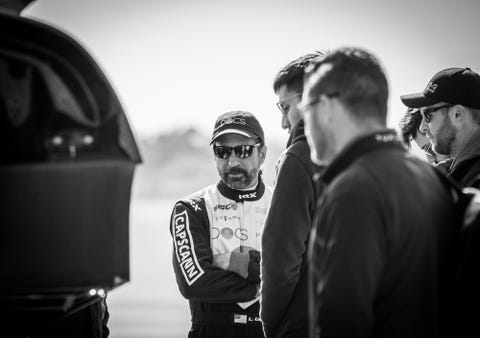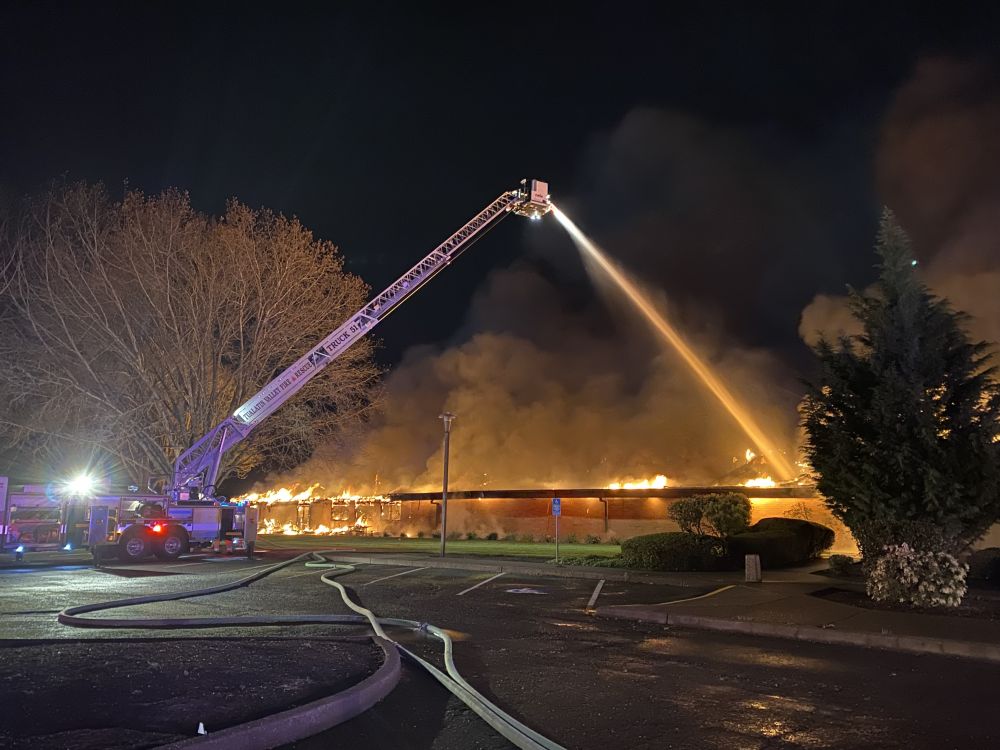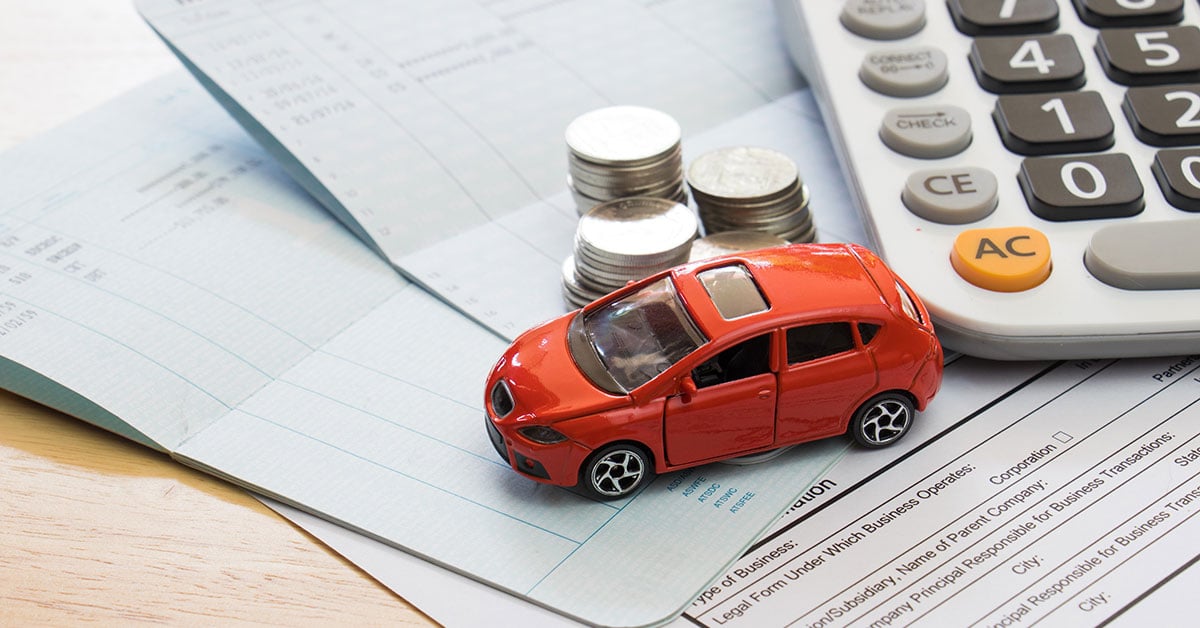The Dentist Who Drove the SSC Tuatara to a 283-MPH Record
When SSC revealed the results from its latest Tuatara top-speed test, one detail—beyond the two-way average speed of 282.9 mph—stood out. That achievement could give the Tuatara the title of “world’s fastest production car,” surpassing the 277.9-mph two-way average clocked by Koenigsegg in 2017. (Bugatti’s Chiron Super Sport 300+ hit 304.77 mph at the Volkswagen Ehra Lessien proving ground in 2019, but the French automaker did not record a two-way average speed during that attempt.)
The driver who set this new production car speed record is not one of the usual professional racers you’d expect in this role. He’s Dr. Larry Caplin, a dentist, entrepreneur, and philanthropist from Pennsylvania. Dr. Caplin owns the SSC Tuatara that set the speed record, and after the controversy around SSC’s attempt to break 300 mph, he wanted to be the one to drive the Tuatara to this latest feat. We reached Dr. Caplin by phone this week to learn what made him want to push his car to a new speed record.
“Honestly, it wasn’t overly stressful,” Dr. Caplin says of the experience. “I don’t think my pulse broke 70.” Dr. Caplin is not a professional race car driver, but he does own a Ferrari FXX K Evo and a 599XX, two purpose-built track-day specials with immense power and grip, so crossing the 200-mph barrier isn’t new to him. The biggest challenge on the Tuatara run was dealing with the relatively short, 2.3-mile runway at the Kennedy Space Center. “[Y]ou have to come out of the hole pretty hard,” Dr. Caplin says. And with 1750 hp going to the rear wheels, a clean launch can be tricky. It took a bit of time to figure out exactly how to build up to full throttle to hit the highest possible speed in the space available.
Throughout the day, SSC engineers made setup changes—including ride height, rake, and rear downforce—with Dr. Caplin’s input. The team actually limited the engine’s turbo boost for the runs. As Dr. Caplin explains, SSC originally intended to do a single top-speed run, the attempt from November 2020 on a closed stretch of Nevada highway. But after the validity of that run was called into question, and SSC admitted to making errors in editing the video that documented that attempt, the company committed to doing another run. SSC founder Jerod Shelby decided to go to the Johnny Bohmer Proving Ground, home of the 2.3-mile runway used by NASA’s Space Shuttle, because he wanted to follow up on the previous run quickly, and securing permission to shut down the Nevada highway again would have taken months.
This content is imported from YouTube. You may be able to find the same content in another format, or you may be able to find more information, at their web site.
Out in Nevada, the Tuatara could build up speed gradually—Shelby said in a statement that the car was only running flat-out for around 20 to 30 seconds during the last attempt. At the Jonny Bohmer Proving Ground, Dr. Caplin had to run wide-open for up to 50 seconds, meaning excess strain and heat buildup in the engine. Hence, the limited boost pressure in this latest attempt. (SSC is working to update the engine to handle longer periods of WOT.) Dr. Caplin asked for full boost in fifth, sixth, and seventh gears, but the engineers felt it was safest to only allow full boost at the top of seventh. That’s why, in the video of the southbound run with VBox data overlaid, you see the Tuatara accelerate hard above 270 mph.
And while Dr. Caplin downplayed the difficulty of the runs, he readily admits this was a dangerous endeavor. So why did he volunteer for a job previously performed by a six-time competitor at the 24 Hours of Le Mans?
“There were two things that caused me to want to do it,” he says. “It’s kind of simple. One was, I wanted to be able to raise money for charity with the car. That’s one of my primary goals. And with the questions and concerns around that run, I wasn’t able to do that.”
“The second reason was that I felt as though we let the car community down. And that wasn’t okay with me.”
Dr. Caplin used his turn as a speed-record driver to promote his foundation, CF Charities, which provides healthcare for dependents of those in the military and scholarships for those seeking to enter medical professions.
To avoid the type of questions that followed SSC’s previous top-speed attempt, the automaker had representatives from Racelogic on hand at the Kennedy Space Center to verify the data collected by the in-car VBox during the run. This data was shared with Road & Track, and we believe it to be accurate.
With this top-speed record secured, Dr. Caplin says that development work on the Tuatara will continue. He hopes to be the driver for the next top speed attempt at Kennedy—the one where, if everything goes right, he’ll be able to surpass 300 mph.
This content is created and maintained by a third party, and imported onto this page to help users provide their email addresses. You may be able to find more information about this and similar content at piano.io








